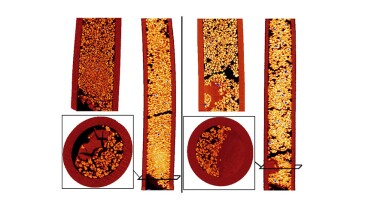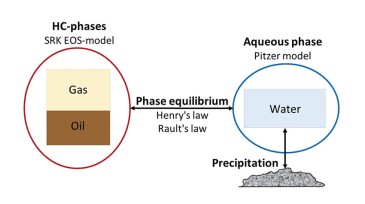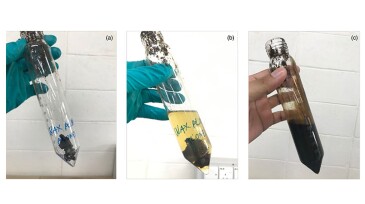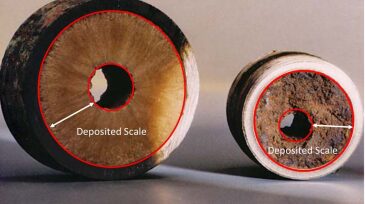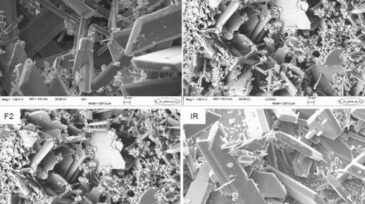scale
-
This study contributes to enhancing the understanding of scale-inhibitor retention in rock formations.
-
This paper describes a case history in the UAE in which the cleanout of scale contaminated with naturally occurring radioactive material was conducted successfully.
-
This paper describes the suite of cloud-based digital twin tools that the operator has developed and is integrating into its operations, providing online, real-time calculation of scale risk and deployed barrier health to manage risk on a well-by-well basis.
-
This paper describes the evaluation of a recently developed robust solid dissolver that can dissolve multiple types of scale simultaneously.
-
The authors of this paper describe a study of magnesian calcite particles forming hard, inhibitor-resistant calcium-carbonate-like deposits and potential mitigation measures.
-
Aramco investigates expanding the use of lasers in the upstream sector of the oil field.
-
The obsession with better hydraulic fracturing has steadily pushed on shale production in year one, but the decline remains steep. Chemistry could help explain, and perhaps extend, the short productive life of these wells.
-
Scaling buildup inside wellbores is a serious production problem that dramatically reduces the well productivity index. This issue has a significant cost across the industry, mostly associated with loss of production or additional operations such as well intervention.
-
The chemical reactions creating buildups of scale that can clog a well can be replicated in a chemical lab, but researchers are finding many more variables on the surfaces of pipes that need to be considered.
-
At the 2017 SPE Oilfield Chemistry Conference, an assistant professor from Heriot-Watt University discusses the optimization of squeeze treatments delivered by diving support vessels.
Page 1 of 2

